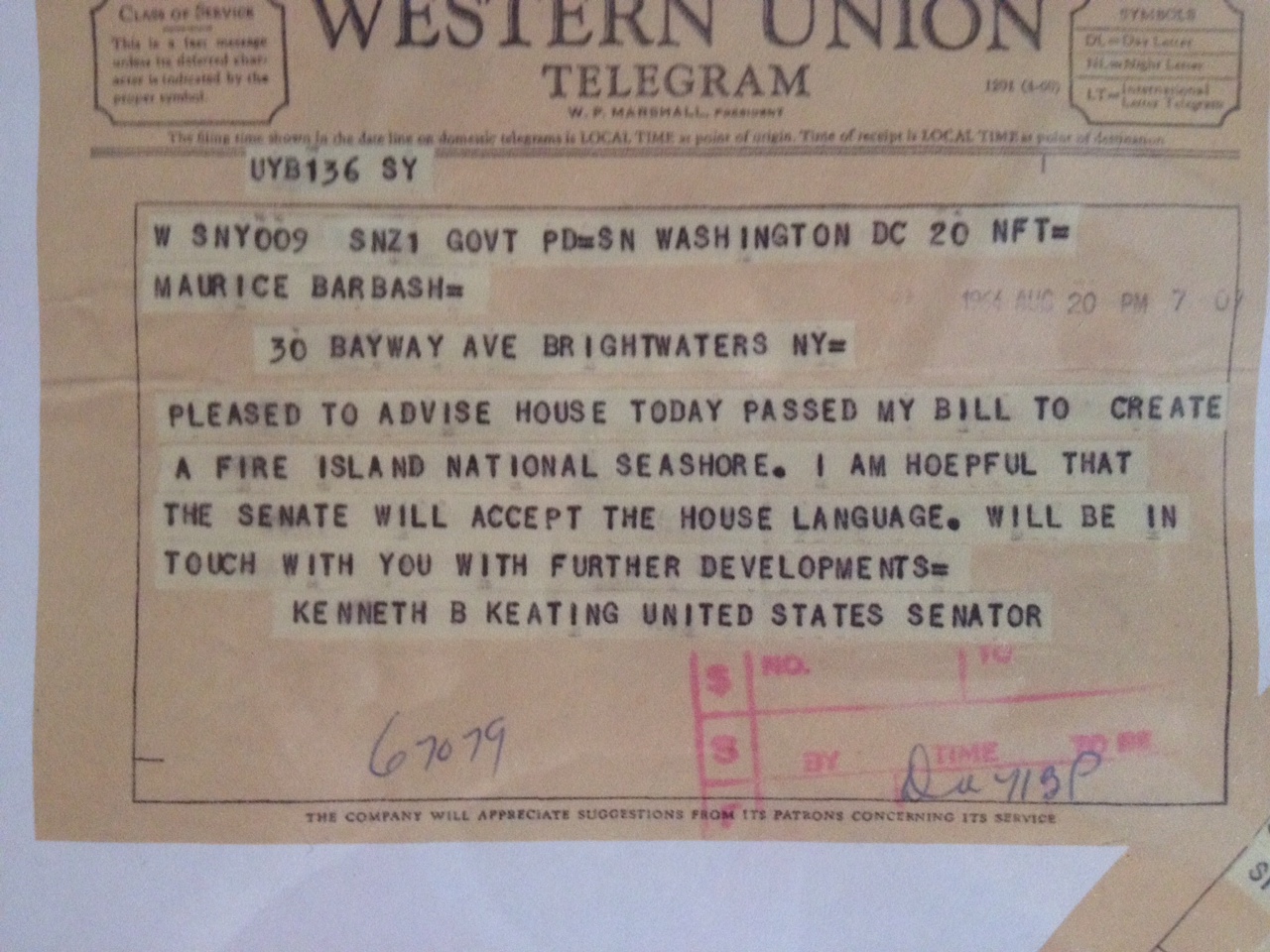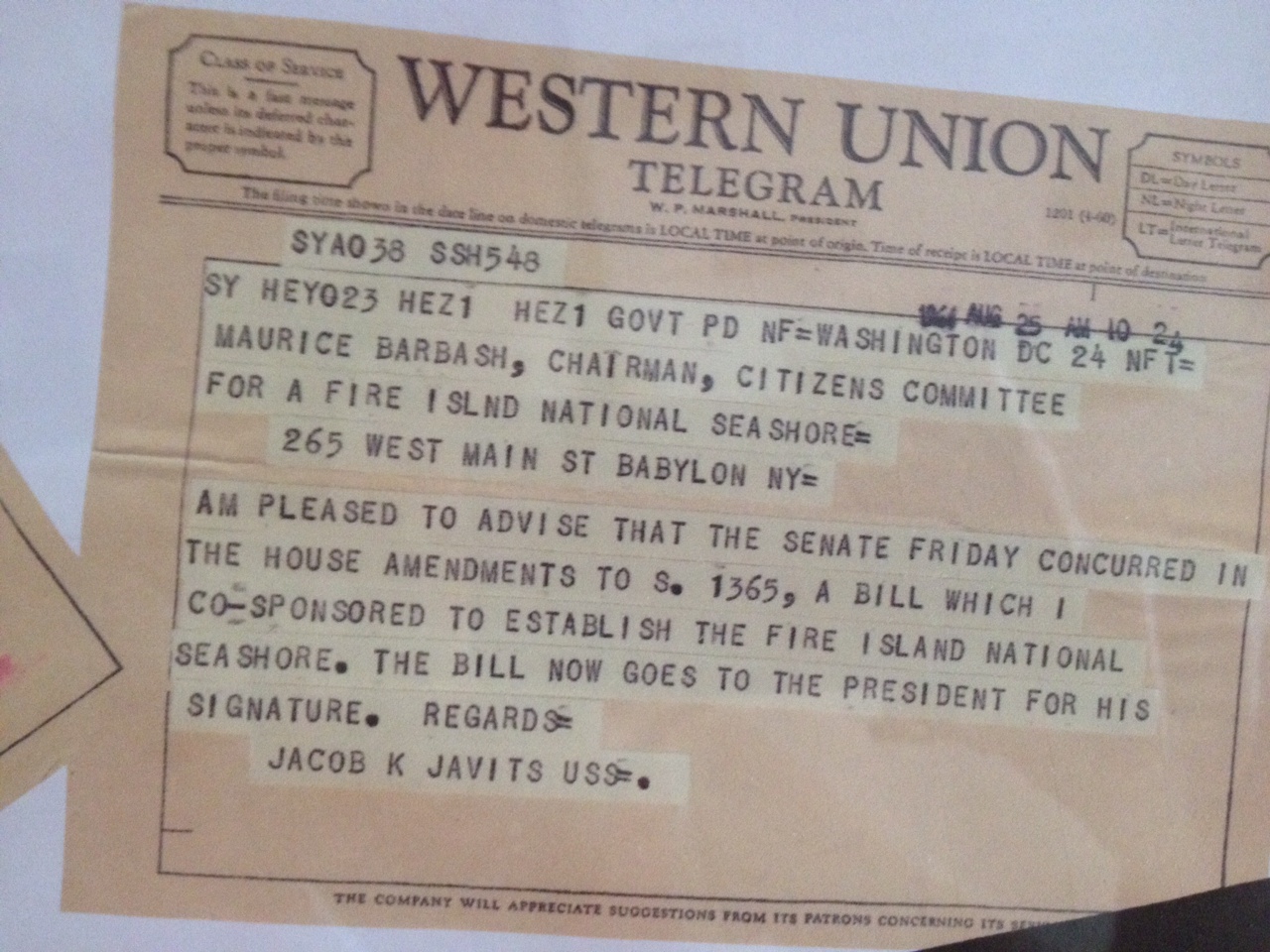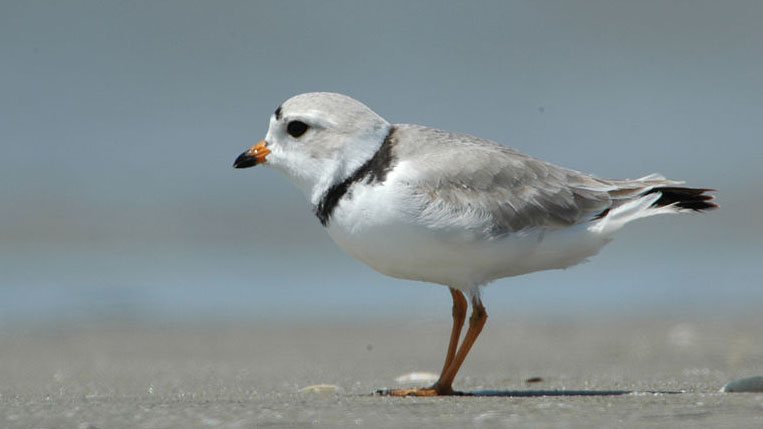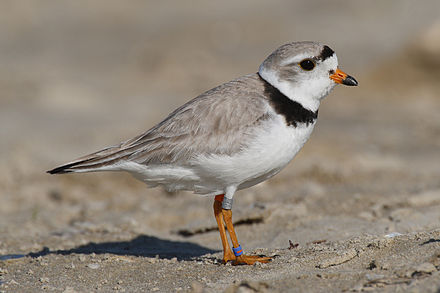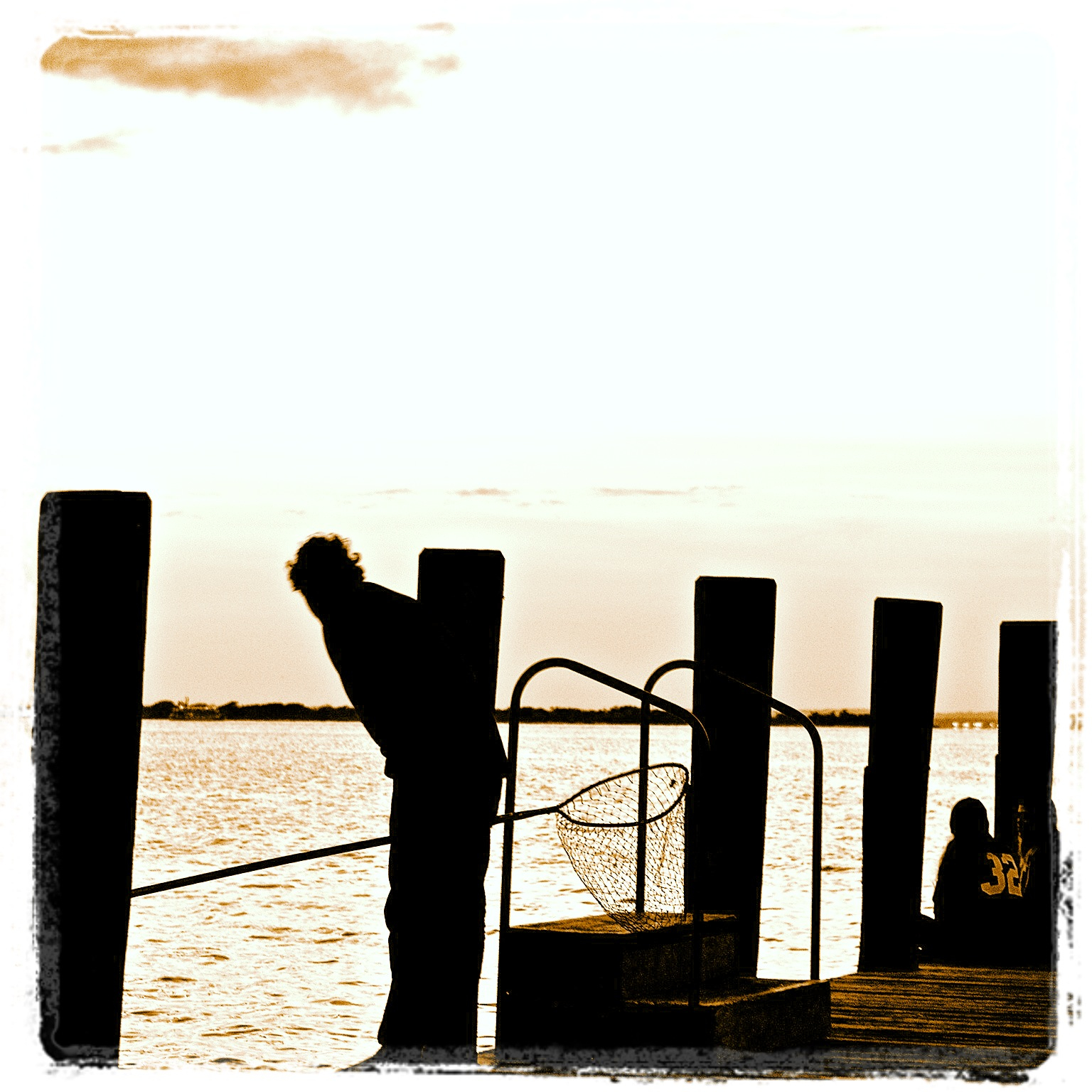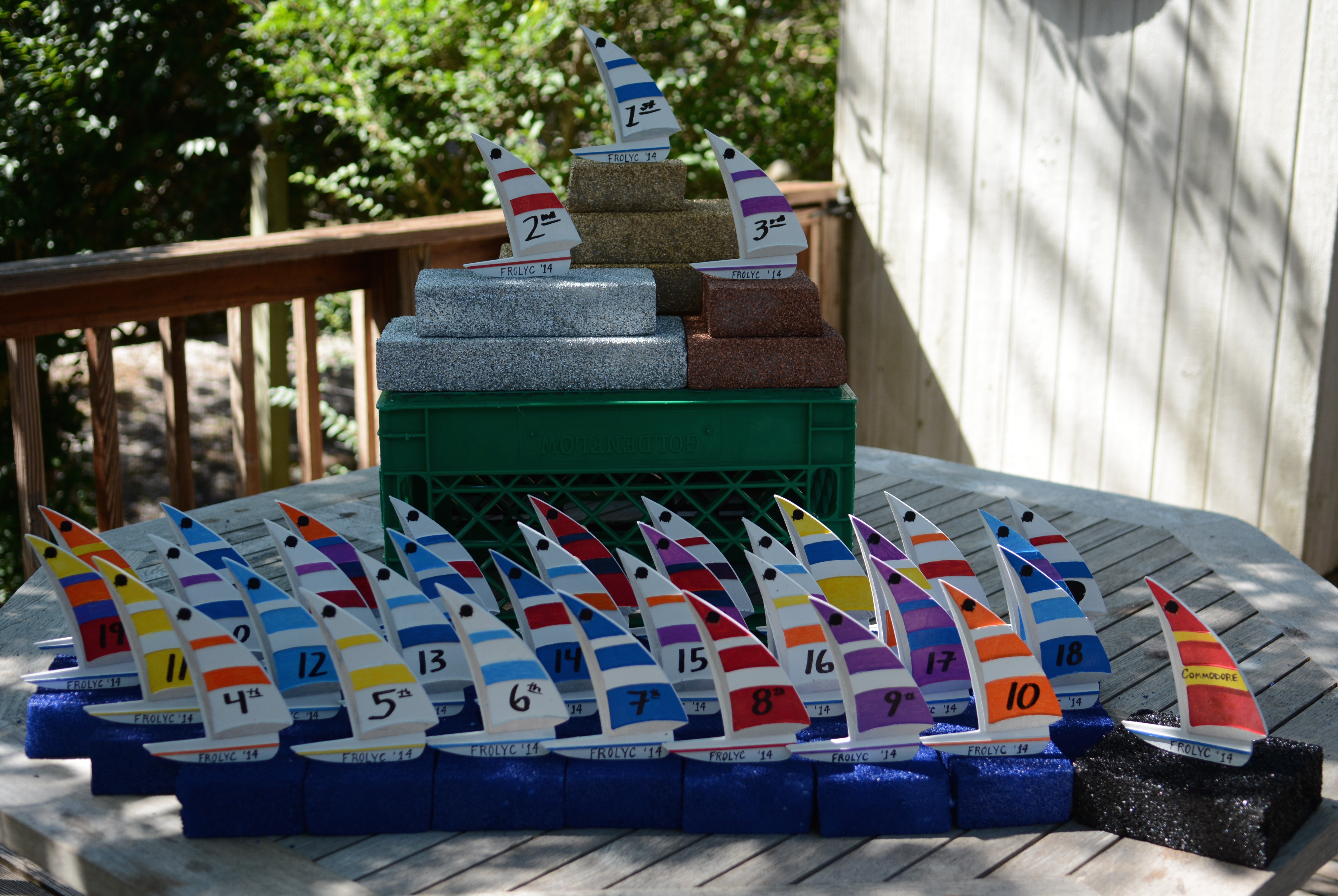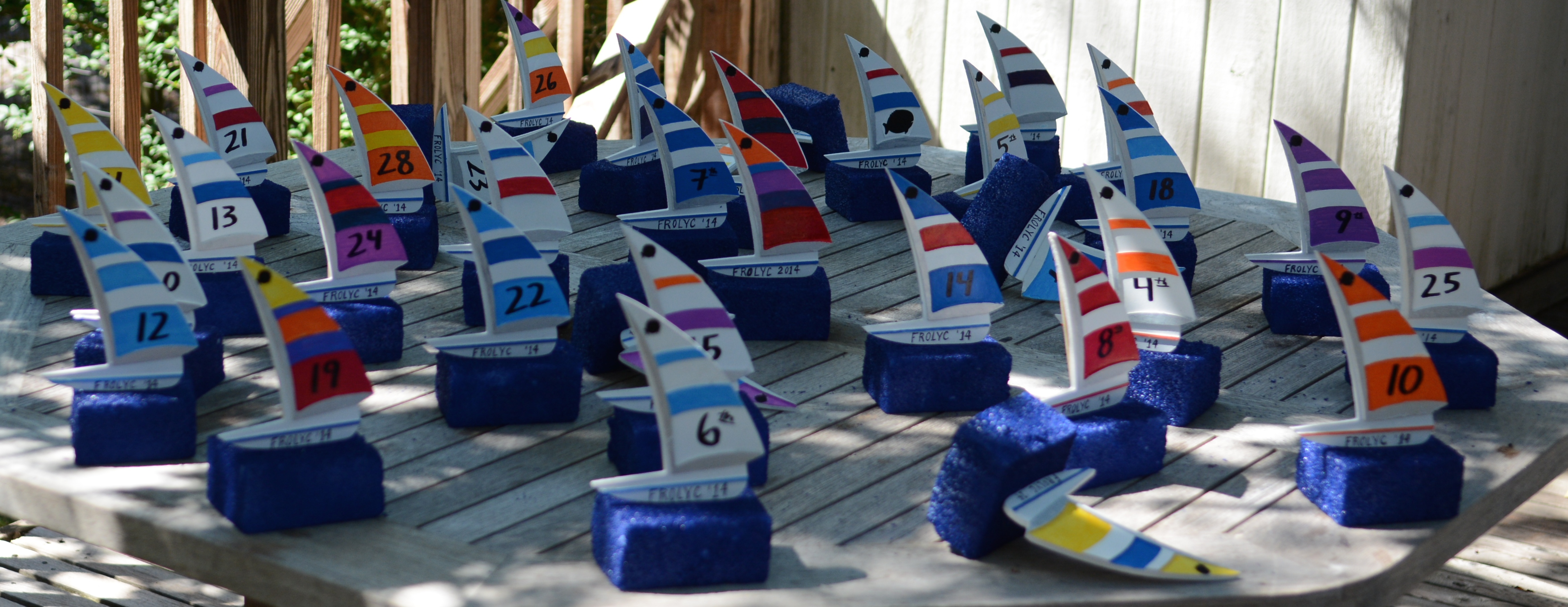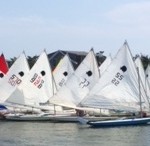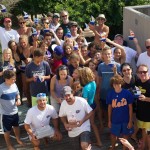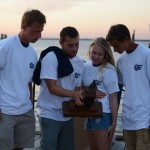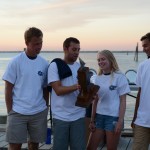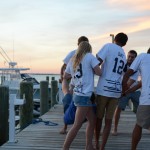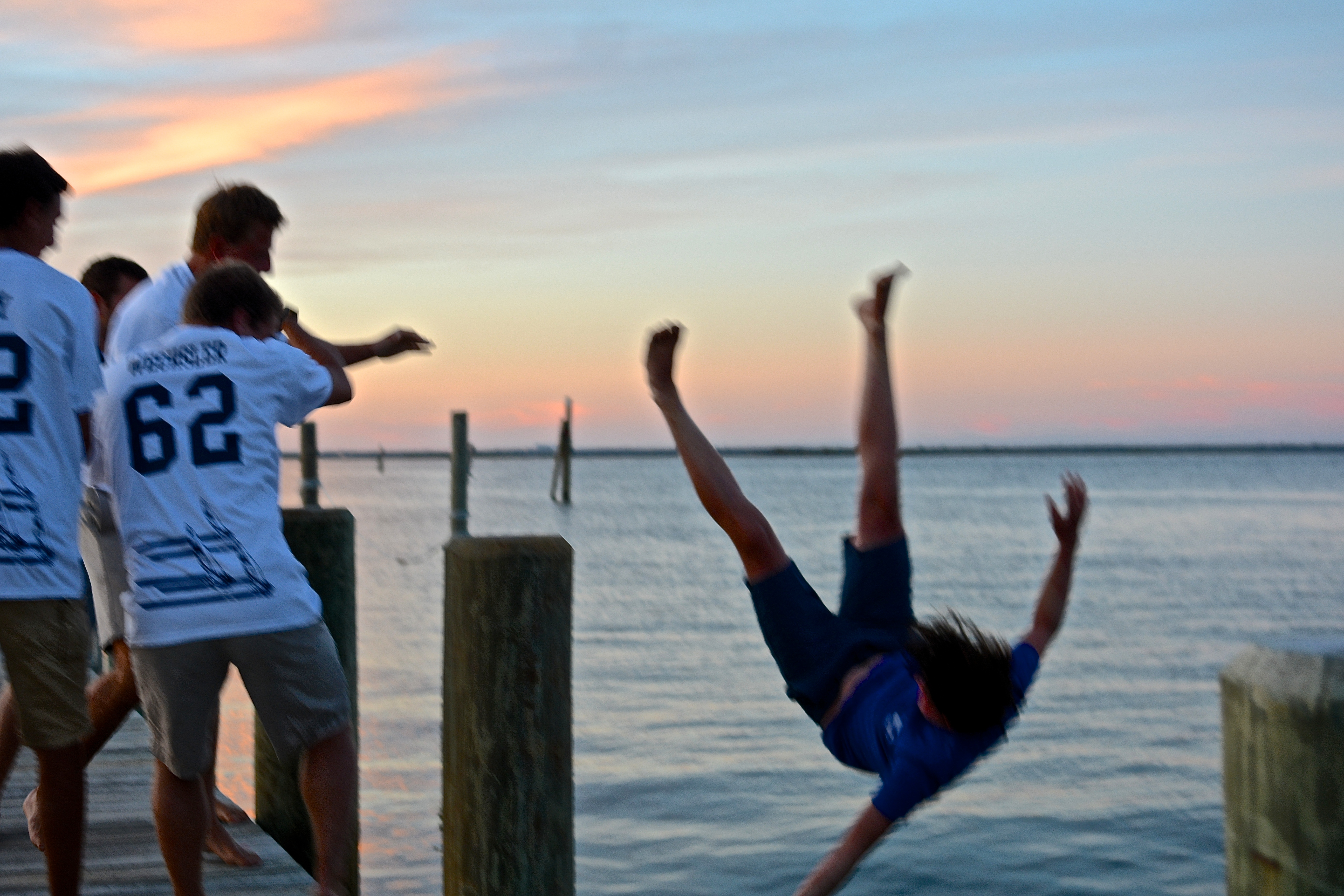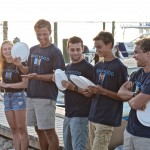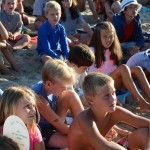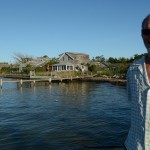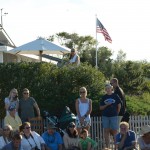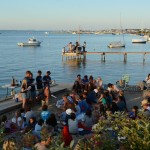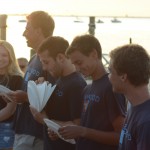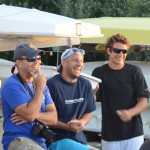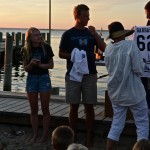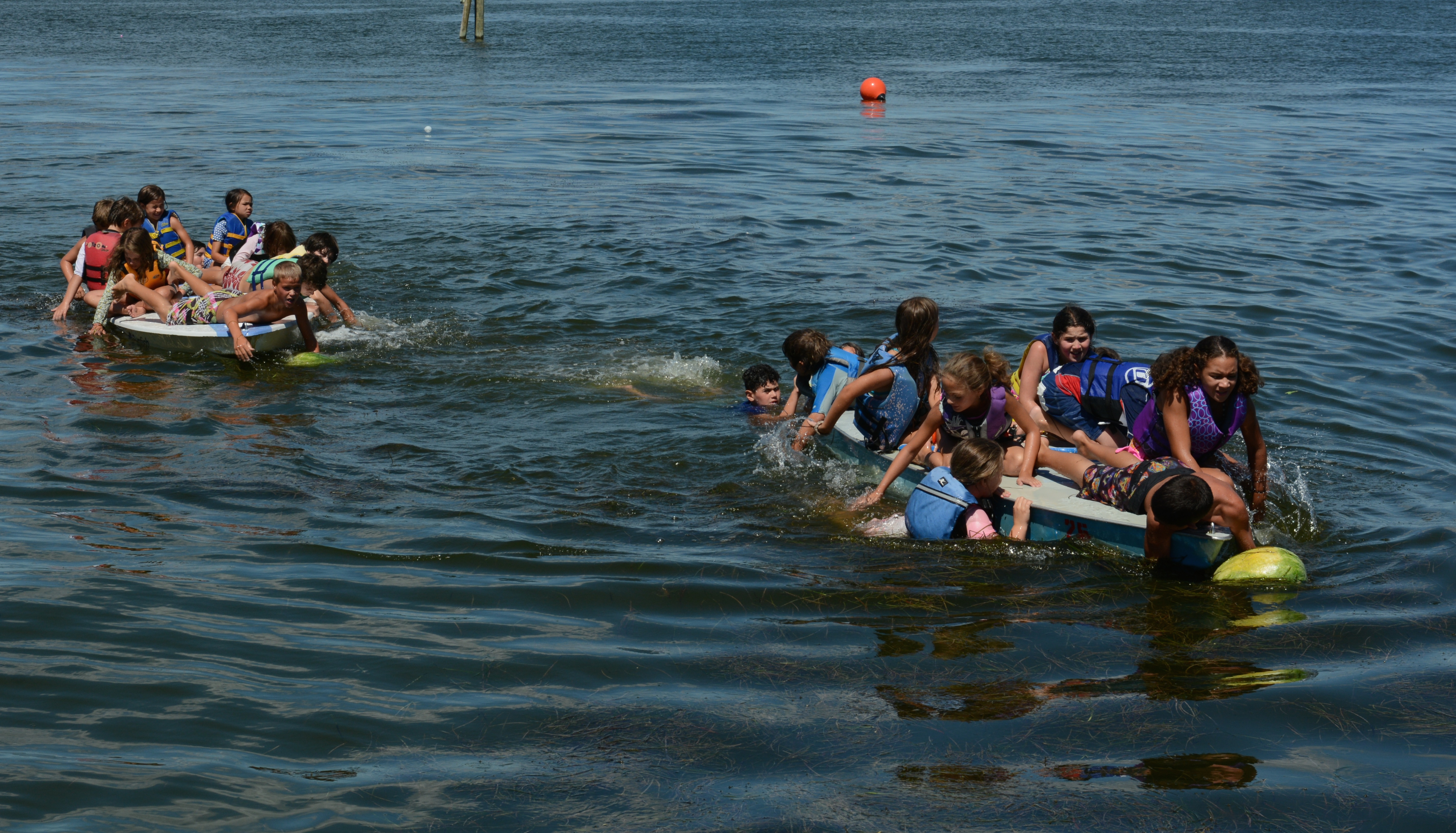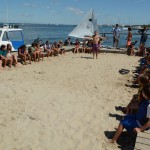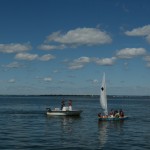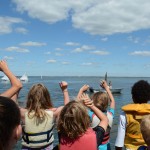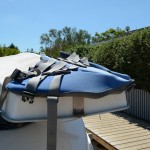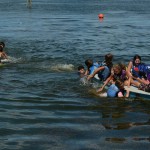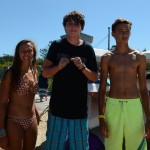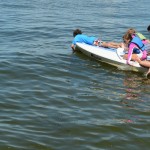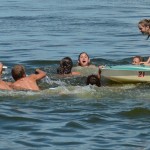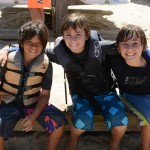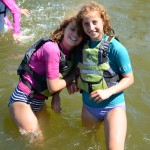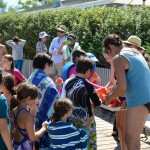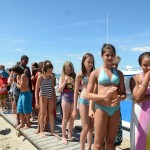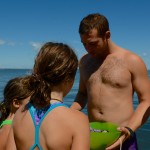Patchogue, New York – Fire Island National Seashore (FINS) celebrates its 50th birthday this year. The Seashore, established in 1964, will kick off a year-long celebration of this special anniversary in September. Anniversary events include a “Fifty Years of Fire Island” Lecture Series, special programming and exhibits, a FINS employee alumni reunion, and a closing celebration to be held on Fire Island and in gateway communities on Long Island.
“Fire Island’s dynamic coastal landscape is fundamental to why the park was established, but it’s the way people interact with that landscape that makes Fire Island so special,” said Fire Island National Seashore Superintendent Chris Soller. “We hope Fire Island visitors and residents will play an important role in the Seashore’s anniversary celebration, just as they played an important role in the establishment of the Seashore and its first fifty years.”
Upcoming 50th anniversary events scheduled for September include:
–September 18: Fire Island National Seashore Superintendent Chris Soller opens the Fifty Years of Fire Island Lecture Series with an hour-long presentation, “Managing the Dynamic Landscape of Fire Island” at the Patchogue-Watch Hill Ferry Terminal at 7:00 pm.
–September 20: Fire Island National Seashore Employee Alumni Reunion
–September 21: Fire Island (Images of Modern America) book signing. Author Shoshana McCollum will discuss the making of her new book and sign copies at the Fire Island Lighthouse Fresnel Lens building from 2:00 to 3:00 pm.
–The “Fifty Years of Fire Island” Lecture Series will continue with weekly presentations through November, 2014, and will then resume in spring 2015. The closing celebration for the year-long 50th anniversary commemoration is scheduled for September, 2015. For more information please visit www.nps.gov/fiis/planyourvisit/fire-island-50.
About the National Park Service: More than 20,000 National Park Service employees care for America’s 401 national parks and work with communities across the nation to help preserve local history and create close-to-home recreational opportunities. Learn more at www.nps.gov.
Fire Island National Seashore encompasses 26 miles of ocean and bay shoreline, lush backdunes, maritime forests and residential communities on Fire Island, a barrier island situated south of Long Island, New York. Fire Island’s dynamic coastal landscape is home to a diversity of plants and wildlife and offers a retreat from nearby metropolitan New York. For more information, please visit www.nps.gov/fiis.
Contact: Elizabeth Rogers, 631-687-4766
Contact: Kaetlyn Kerr, 631-687-4766


